Central America Switzerland-Costa Rican coffee beans, a big exporter of boutique coffee
For professional baristas, please follow the coffee workshop (Wechat official account cafe_style)
For coffee, many people only recognize the amount of coffee consumed by Taiwanese. According to NOWNEWS, there are as many as NT $13.5 billion a year, but except for some coffee fans, many consumers only know lattes and cappuccinos, and they are very unclear about coffee beans.
I guess Manning, Mamba, Blue Mountain and Mocha are probably the most familiar kinds of beans for domestic friends because they are used as the name of three-in-one coffee.
It is no wonder that when it comes to "fair trade" coffee beans, many people do not know the experience of coffee farmers in many places in the world. I have even seen some consumers on the Internet. It is said that fair trading beans are only "changing traders to make money".
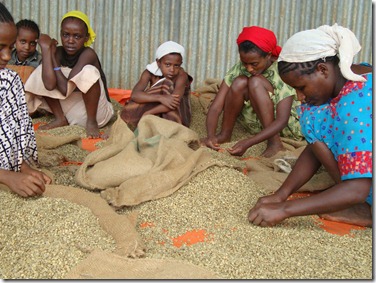
Needless to say, coffee is already a daily necessities that Taiwanese must drink. Getting to know the producing areas is also a good choice for choosing your own coffee.
Today, I would like to introduce to you the Costa Rica, which is known as "Central America Switzerland".
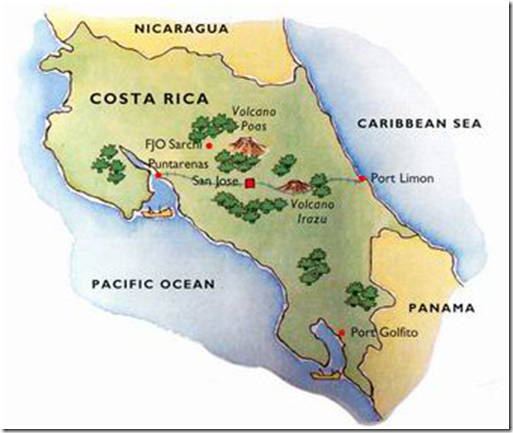
Costa Rican coffee beans can be traced back to 1729, when coffee was introduced into Costarica from Cuba. Today, its coffee industry is one of the most well-organized industries in the world.
Costa Rica itself is a very suitable place to grow coffee beans, its main planting area, mostly high-altitude volcanic soil, is very fertile, and the soil drainage is very good, so Costa Rica is the first country in Central America to grow coffee and bananas for commercial value.
Coffee and bananas are the country's main exports.
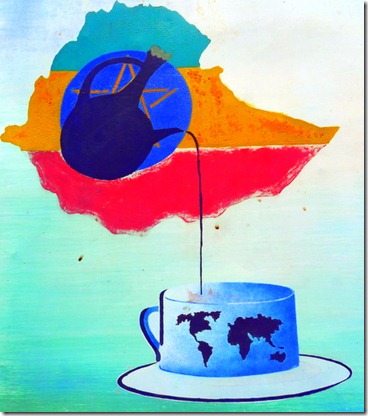
The classification of Costa rica
Costa Rican coffee beans graded by altitude.
They are graded according to altitude from high to low. The elevations from high to low are: "extremely hard, Strictly hard bean,SHB", "high hardness, Good hard bean,GHB", "hard beans (hard bean, HB)".
High-quality Costa Rican coffee is called "extra hard beans". This kind of coffee can grow at an altitude of more than 1500 meters. Altitude has always been a problem for coffee growers.
The higher the altitude, the better the coffee beans, not only because the higher altitude can increase the acidity of the coffee beans and thus increase the flavor, but also because the night temperature at the higher altitude is lower, which can make the trees grow slowly, thus making the coffee beans have a stronger flavor.
In addition, due to the high altitude drop caused by sufficient rainfall, is also very beneficial to the growth of coffee trees.
Costa Rican coffee beans, reduce medium ~
In fact, not all coffee beans are poor and war-torn countries. Costa Rica may not be familiar with Taiwan, but Costa Rica is an advanced country of economic development in Central America.
But with the prosperity of urbanization, Coffee Chuang Wai is not hissing down! Most of the coffee beans in this area are small coffee farmers of the manor type.
So combined with the Costa Rican Coffee Association (ICAFE), which is composed of government, producers and exporters, Costa Rica Coffee has become a strong patron of Costa Rican coffee.
In Costa Rica, which has a large number of small-scale farms, a "sparrow-though-small, five-Ming" microprocessing plant system has been introduced in recent years, allowing estates to handle coffee beans on their own and improve their quality.
The main boutique coffee bean producing areas of Costa Rica:
Tarazhu on the Pacific coast, the Central Valley, the Western Valley and other places. The coffee beans from these high altitude areas are of excellent quality.
Tulubalis, in the central valley of Costa Rica, has citrus aromas after medium-deep baking and a clear and lively fruity aroma after entrance.
But after about 3 seconds in the mouth, the saliva secretion of the cheeks immediately disappears, turning to the sweetness of citrus, and then has the aftertaste of sugar-free chocolate, which is very beautiful.
Important Notice :
前街咖啡 FrontStreet Coffee has moved to new addredd:
FrontStreet Coffee Address: 315,Donghua East Road,GuangZhou
Tel:020 38364473
- Prev
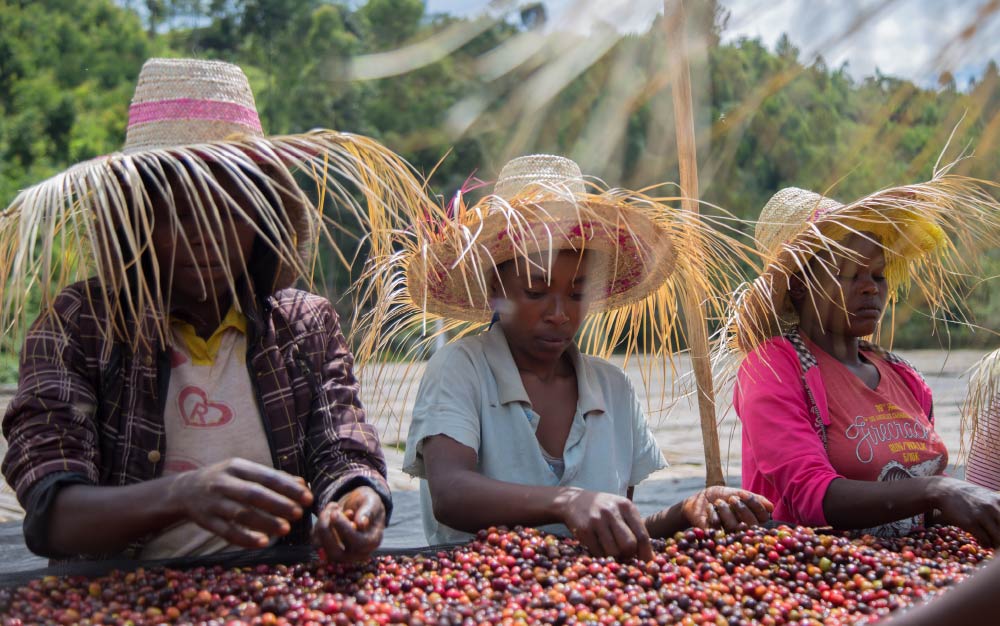
The Flavor of Yejasuefi Coffee beans describes the characteristics of boutique coffee varieties in the Yegashefi producing area of Ethiopia
Qianjie found that Yega Xuefei coffee beans are becoming more and more popular not only in hand-brewed individual coffee, but also in Italian-style individual coffee and blended coffee. So what exactly is the Yega flavor? In this paper, we will talk about the flavor characteristics of coffee beans.
- Next
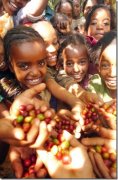
Kenya AA coffee beans, Fairtrade beans without FTO certification
Professional barista communication Please follow the coffee workshop (Wechat official account cafe_style) recently there are several regular customers who are very happy to know that we are starting to sell Fairtrade beans! However, with regard to Fairtrade beans, what we pursue is the imprint of the trademark or the pursuit of the spirit of fair care. Generally speaking, Fairtrade beans are popular on the market.
Related
- Detailed explanation of Jadeite planting Land in Panamanian Jadeite Manor introduction to the grading system of Jadeite competitive bidding, Red bid, Green bid and Rose Summer
- Story of Coffee planting in Brenka region of Costa Rica Stonehenge Manor anaerobic heavy honey treatment of flavor mouth
- What's on the barrel of Blue Mountain Coffee beans?
- Can American coffee also pull flowers? How to use hot American style to pull out a good-looking pattern?
- Can you make a cold extract with coffee beans? What is the right proportion for cold-extracted coffee formula?
- Indonesian PWN Gold Mandrine Coffee Origin Features Flavor How to Chong? Mandolin coffee is American.
- A brief introduction to the flavor characteristics of Brazilian yellow bourbon coffee beans
- What is the effect of different water quality on the flavor of cold-extracted coffee? What kind of water is best for brewing coffee?
- Why do you think of Rose Summer whenever you mention Panamanian coffee?
- Introduction to the characteristics of authentic blue mountain coffee bean producing areas? What is the CIB Coffee Authority in Jamaica?

